

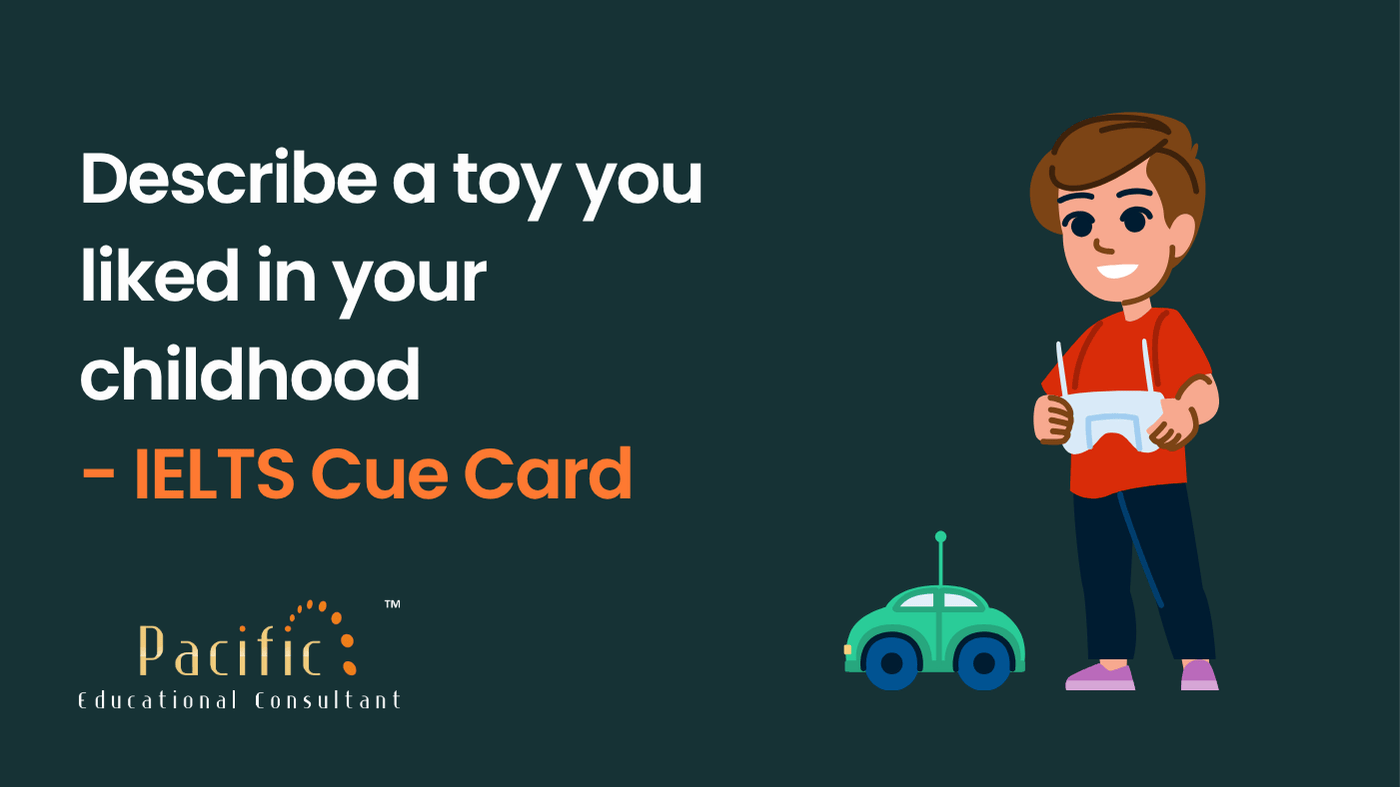
You should say:
The toy I loved the most in my childhood was a remote-controlled car. It was a small, red sports car made of plastic with flashing headlights and smooth rubber wheels. What made it special was its speed and the fact that I could control its movement with a handheld remote. For me, it wasn’t just a toy—it felt like having my own little vehicle that I could race anywhere.
I received this toy on my eighth birthday. My parents surprised me with it during my birthday celebration at home. I still remember how excited I was when I opened the gift box and saw the car for the first time. It instantly became the highlight of that birthday because I had been wishing for a remote-controlled car for a long time.
I used to play with the car almost every day. I would take it to our terrace and create small race tracks using bricks and chalk. Sometimes I even competed with my cousins, who also had similar toys. I enjoyed controlling its speed, making sharp turns, and watching it race smoothly across the ground. I also liked performing small stunts with it, like driving it over ramps or obstacles.
I felt extremely happy and attached to this toy. It gave me a sense of joy and pride because it was one of the first “advanced” toys I owned. Playing with it not only entertained me but also sparked my interest in cars and gadgets. Even today, when I think about that toy, it brings back warm childhood memories and reminds me of the simple pleasures I enjoyed growing up.
Advantages:
Modern toys are often educational and interactive. They help children develop problem-solving skills, creativity, and even basic technological understanding. Many toys also support language learning, coordination, and teamwork.
Disadvantages:
Some modern toys are expensive and overly dependent on technology. They can reduce physical activity, shorten attention spans, and create an addiction to screens. In some cases, children become less imaginative because the toy does everything for them.
Traditionally, boys tend to play with toys like cars, building blocks, and action figures, which encourage physical activity and mechanical thinking. Girls, on the other hand, often prefer dolls, kitchen sets, or craft toys that promote nurturing skills and creativity.
However, this difference is gradually reducing. Today, many parents encourage gender-neutral toys, and children are becoming more open to playing with whatever interests them rather than following stereotypes.
In my opinion, spending time with children is far more valuable than buying more toys. Toys can entertain a child temporarily, but quality time helps build emotional bonds, communication skills, and overall development. A balanced approach is best—parents can buy useful toys, but meaningful interaction is more important for a child's growth.
Toys in the past were much simpler—like wooden blocks, marbles, skipping ropes, and handmade dolls. They encouraged more outdoor play and creativity because children used their imagination.
Today’s toys are more advanced and often technology-driven, such as electronic gadgets, video games, and AI-based learning systems. While modern toys are interactive and educational, they tend to reduce physical activity and outdoor play compared to older toys.
I believe advertising aimed at children should be strictly regulated, if not completely prohibited. Children are easily influenced and may not understand the persuasive intent of advertisements. This can lead to unhealthy habits, unnecessary demands, and materialistic attitudes. Limiting such advertising protects children from exploitation and reduces pressure on parents.
Advertisements strongly affect children because they attract their attention through bright colours, catchy music, and cartoon characters. As a result, kids may insist on buying products they don’t really need. This can increase consumerism and sometimes promote unhealthy choices, especially in the case of junk food ads. Additionally, frequent exposure to ads can shape their preferences and behaviour from a very young age.
Recent Blog
Describe a family member who you want to work with in the future - IELTS Cue Card
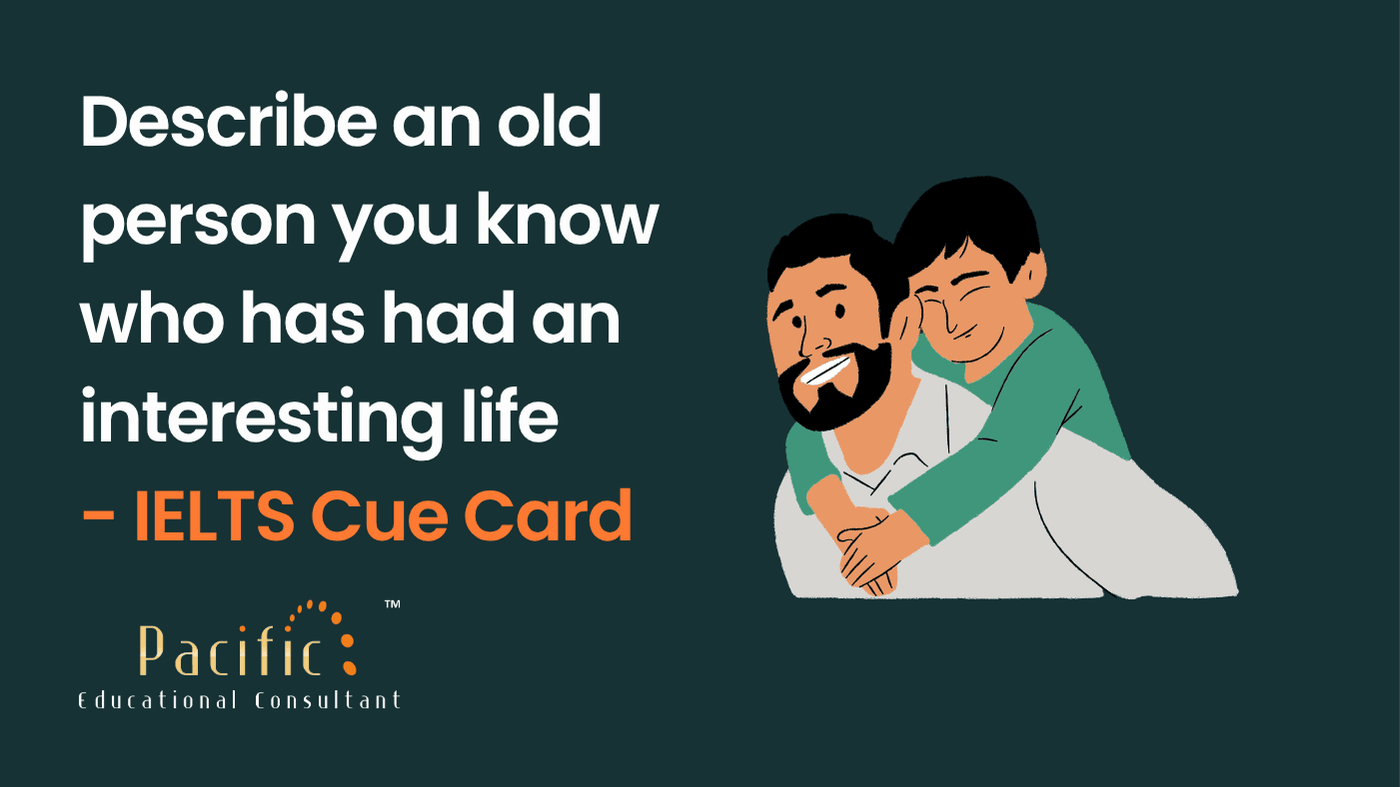
Describe an old person you know who has had an interesting life - IELTS Cue Card

Describe a toy you liked in your childhood - IELTS Cue Card

CPT Full Form: Difference Between CA CPT and CA Foundation

5 Indian Freedom Fighters Who Studied Abroad and Changed India’s History

New Zealand Student Visa Update: Work Limit Now 25 Hours/Week from 3 Nov 2025
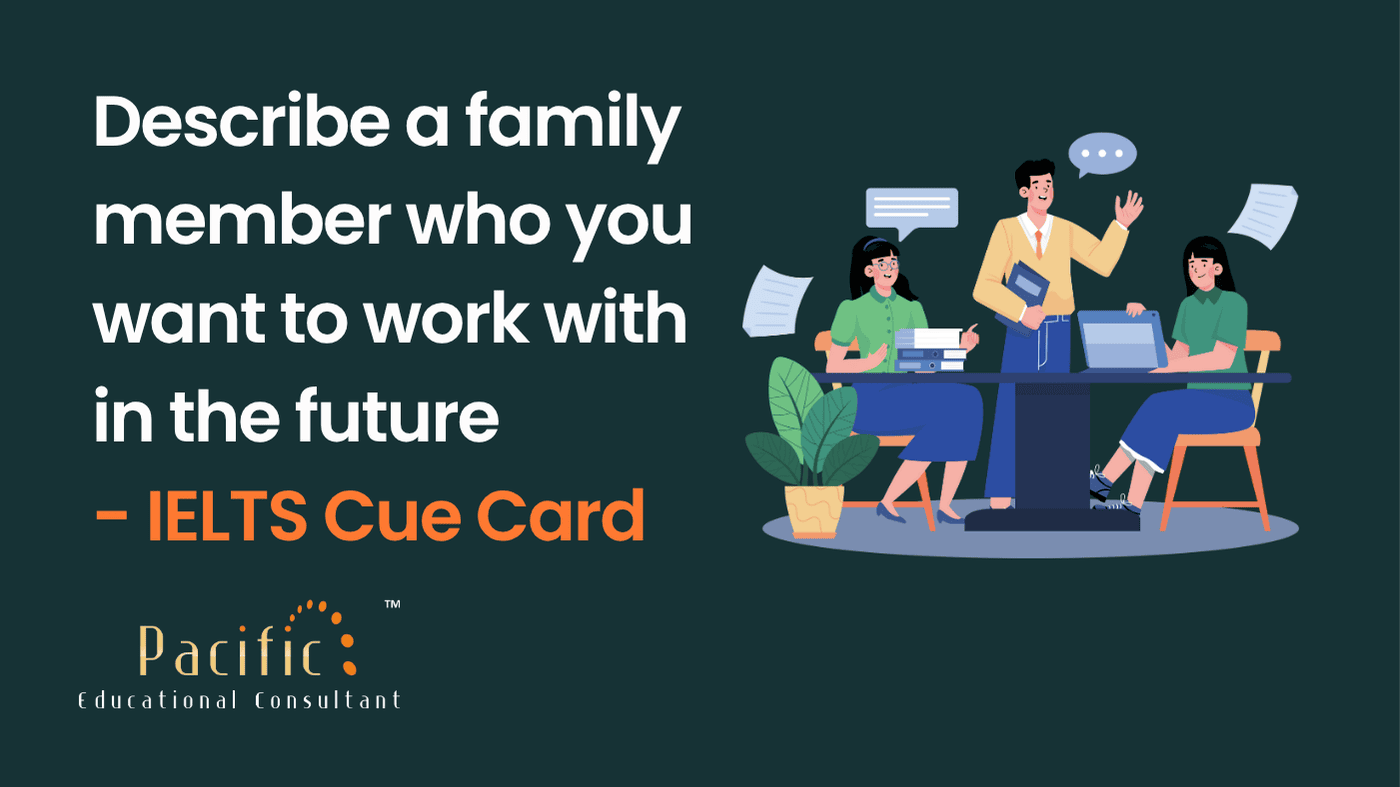
Describe a family member who you want to work with in the future - IELTS Cue Card
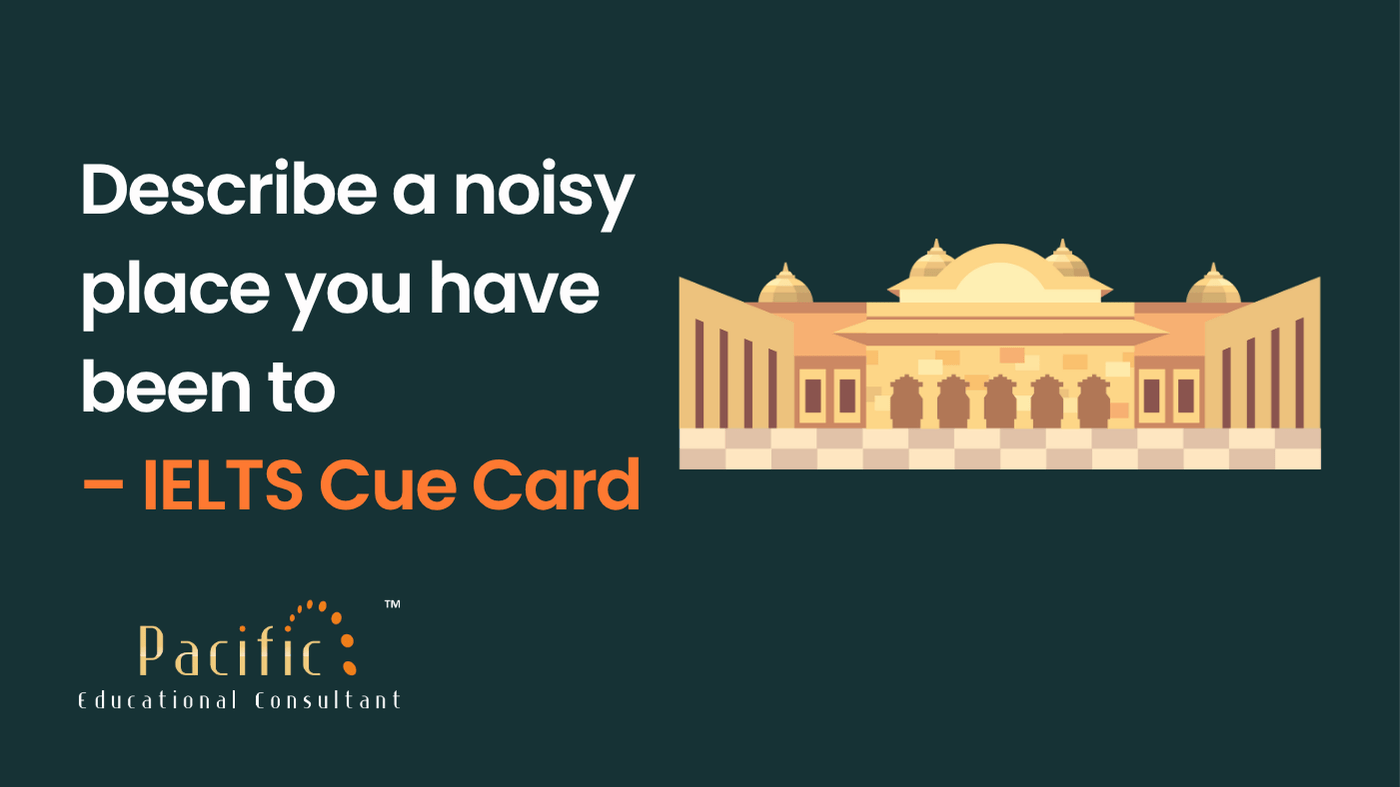
Describe a noisy place you have been to - IELTS Cue Card
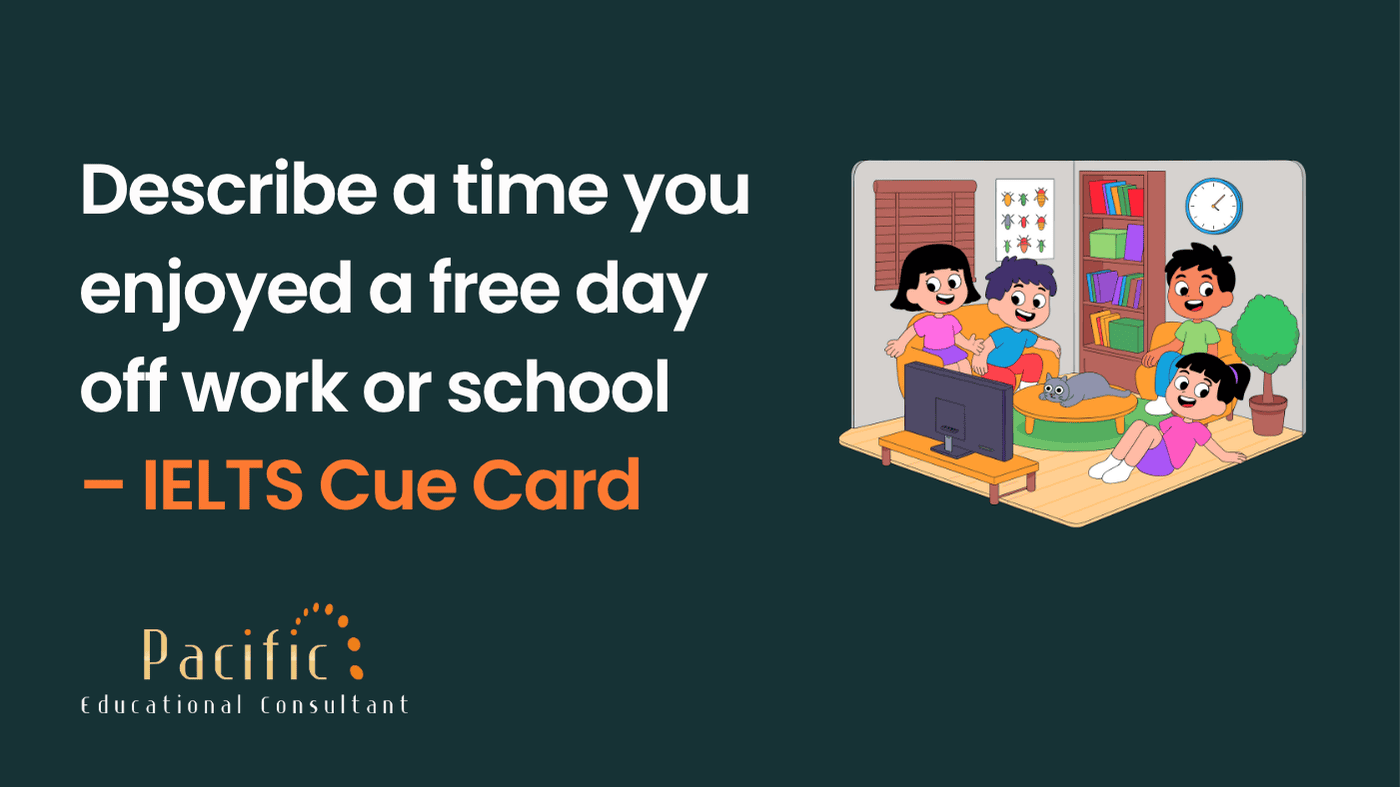
Describe a time you enjoyed a free day off work or school – IELTS Cue Card

Bachelor in Business Economics (BBE)

BE IT Full Form: Complete Guide to Eligibility, Syllabus, Fees, and Career Scope